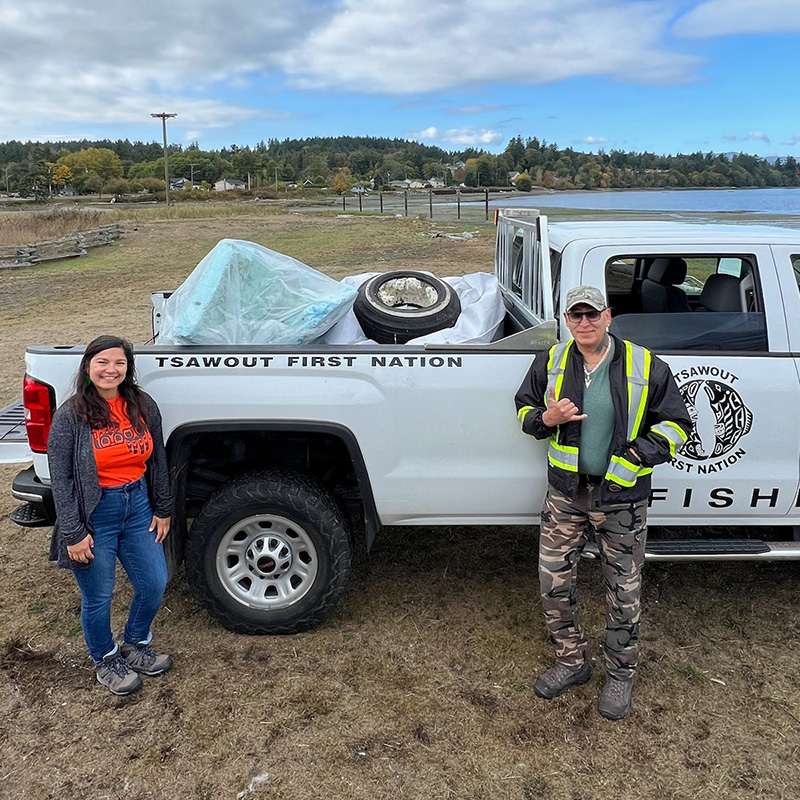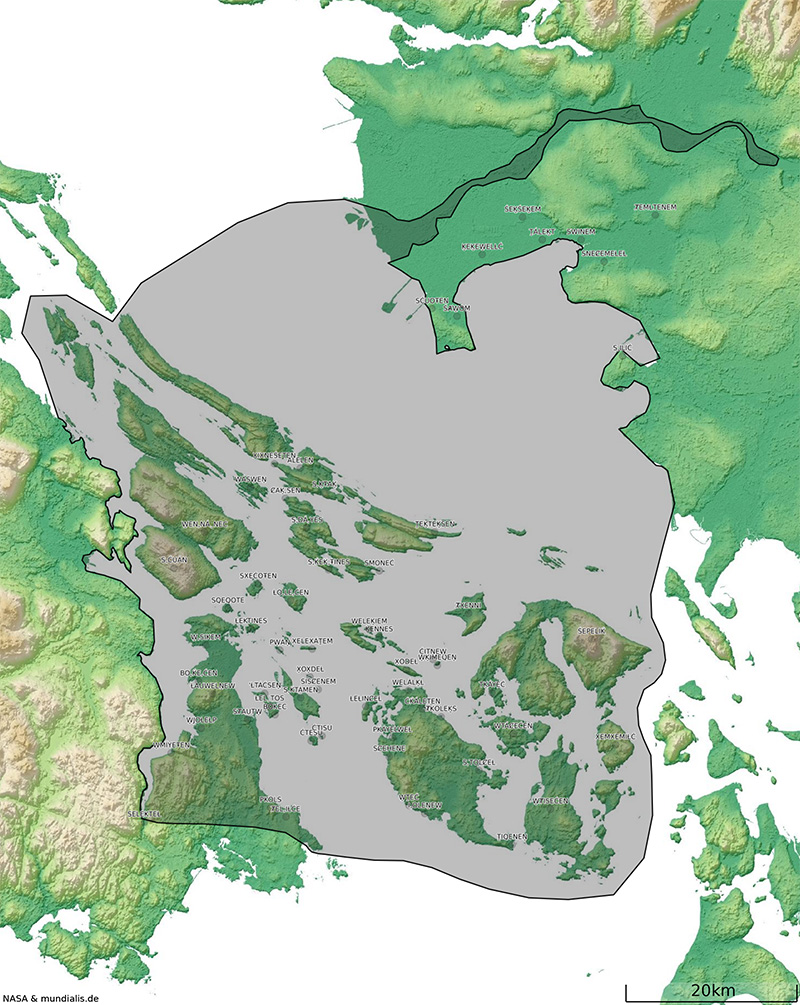TSAWOUT FISHERIES
SȾÁUTW̱ Fisheries is committed to protecting our traditional territories and marine resources. Our main goal is to lead in managing our lands and waters, based on our rights and Indigenous practices, to preserve our heritage and ensure a sustainable future.
SȾÁUTW̱ Fisheries’ long-term plan aims for sustainability and community strength. Our department is focused on training our staff in marine safety and enhancing resource protection in SȾÁUTW̱ territory.
Our future goals include the creation of Guardian Watchman Program to protect our lands & waters. We work on enforcing marine laws and managing research in our territory, and our department actively manages our territories with well-trained trained staff, work on beach and waterway cleanups, and use Indigenous knowledge for ecosystem protection.
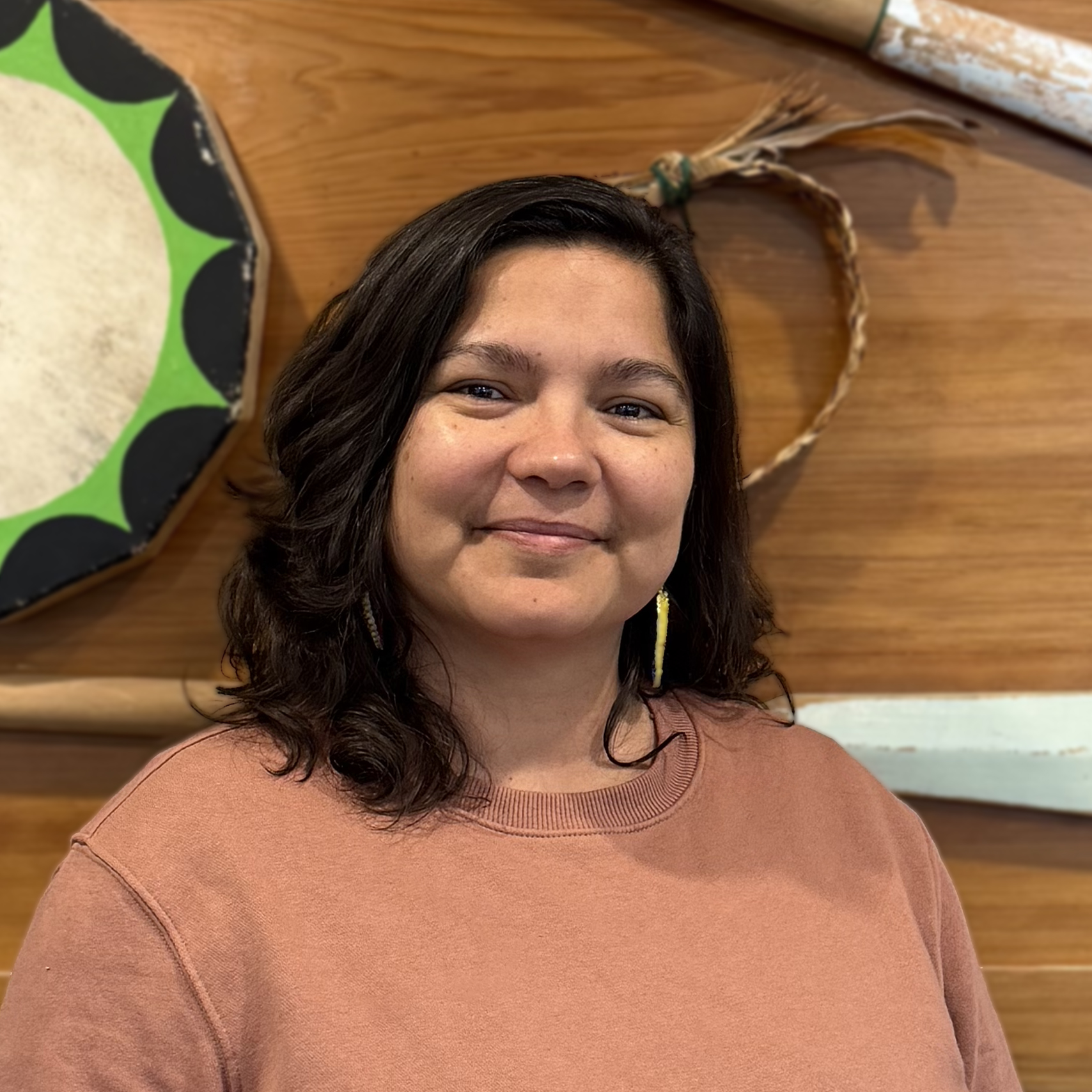
CONTACT
INTERIM FISHERIES MANAGER
Laís Chaves
(250) 652-9101 ext. 324
Monday – Friday, 8:00 am to 4:00 pm
fisheriesmanager@tsawout.ca
FISHERIES MENU
Marine Use Law
SȾÁUTW̱ First Nation asserts its inherent rights to self-government, as recognized in the Douglas Treaty (1850), Section 35 of the Canadian Constitution Act, 1982, and various articles of the United Nations Declaration on the Rights of Indigenous Peoples (UNDRIP). These rights include managing our marine habitat and fisheries within our territory.
Key Points:
- Inherent Rights and Self-Government: SȾÁUTW̱ First Nation has inherent rights to self-governance, which are legally recognized and protected by historical treaties and international declarations.
- Jurisdiction over Marine Habitat: SȾÁUTW̱ First Nation has the authority to manage marine habitats and operations within our territory, based on their historical rights and affirmed by legal cases and international law.
- Land Code and Framework Agreement: SȾÁUTW̱ First Nation’s Land Code, effective since May 29, 2007, empowers them to enact rules, procedures, and policies for managing our lands. This authority is further supported by the Framework Agreement on First Nation Land Management.
- Marine Use Law No. 2023-01: The Council of SȾÁUTW̱ First Nation has enacted a new Marine Use Law to formalize our management and jurisdiction over marine use in our territory, reflecting our right to self-governance and environmental stewardship.
These points highlight SȾÁUTW̱ ‘s commitment to exercising our rights and responsibilities over our lands and resources in accordance with our traditions, treaties, and modern legal frameworks.
IPCA – Indigenous Protected Conservation Areas
Indigenous Protected and Conserved Areas (IPCAs) are territories and natural areas designated for conservation that are led and managed by Indigenous peoples. These areas reflect the Indigenous communities’ traditional knowledge, cultural practices, and legal systems. The primary aim of IPCAs is not only to safeguard the biodiversity and ecological integrity of these lands but also to maintain and enhance Indigenous ways of life and spiritual connections to the land.
IPCAs are increasingly recognized as a vital part of global conservation efforts because they contribute to the preservation of extensive areas of relatively undisturbed natural landscapes and the diverse species that inhabit them.
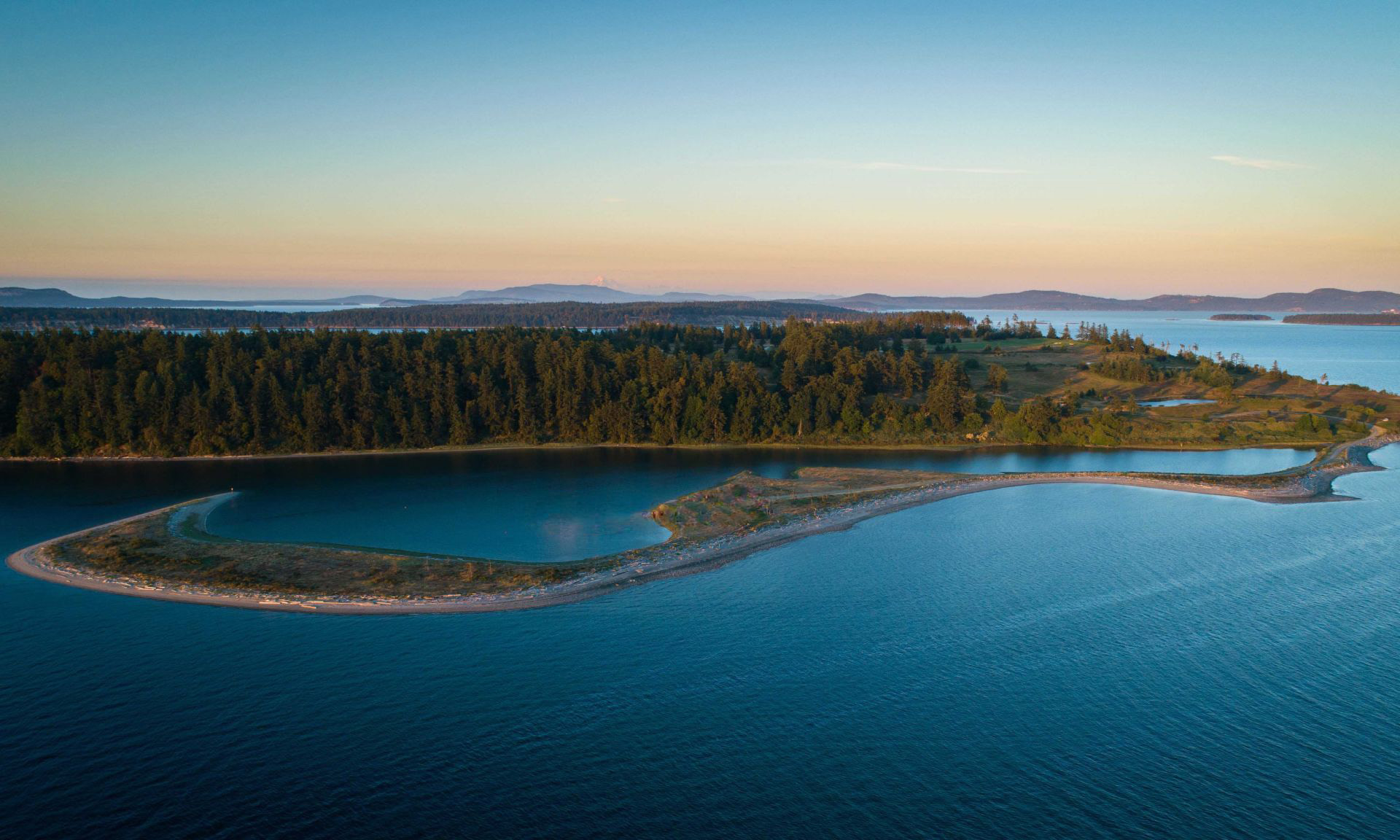
QEN,T Marine Protected Area Declaration
We, the leadership, and saltwater people of the SȾÁUTW̱ First Nation, being the holders of Douglas Treaty and Aboriginal rights and title in our unceded traditional lands, waters, and skies, do hereby declare the QEN,T Marine Protected Area (MPA), as shown in the attached map.
This Declaration is made in accordance with our inherent rights and our laws, customs, traditions, values, principles, and inherent stewardship responsibilities, including the responsibility to follow the SȾÁUTW̱ First Nation Marine Use Law.
This Declaration is made in accordance with our Douglas Treaty and Aboriginal rights, which are recognized and affirmed by section 35 of the Constitution Act, 1982 and reinforced by the United Nations Declaration on the Rights of Indigenous Peoples.
This Declaration is made in recognition of the many spiritual and cultural places, medicine and gathering places, fishing stations, village sites and burial sites within the QEN,T MPA, to which SȾÁUTW̱ First Nation has a sacred and enduring connection.
This Declaration is made to uphold our ancestral responsibilities, to prevent further infringement of our right to carry on our fisheries as formerly, to reverse cultural erosion and the trend of declining and mismanaged fisheries, and to provide sustainable and resilient fisheries for future generations.
This Declaration confirms our commitment to restoring and maintaining the ecological health and the natural resources within the MPA for sustainable cultural, traditional, and economic uses for the benefit of the Coast Salish people and the communities with whom we have ongoing, respectful, and developing relationships.
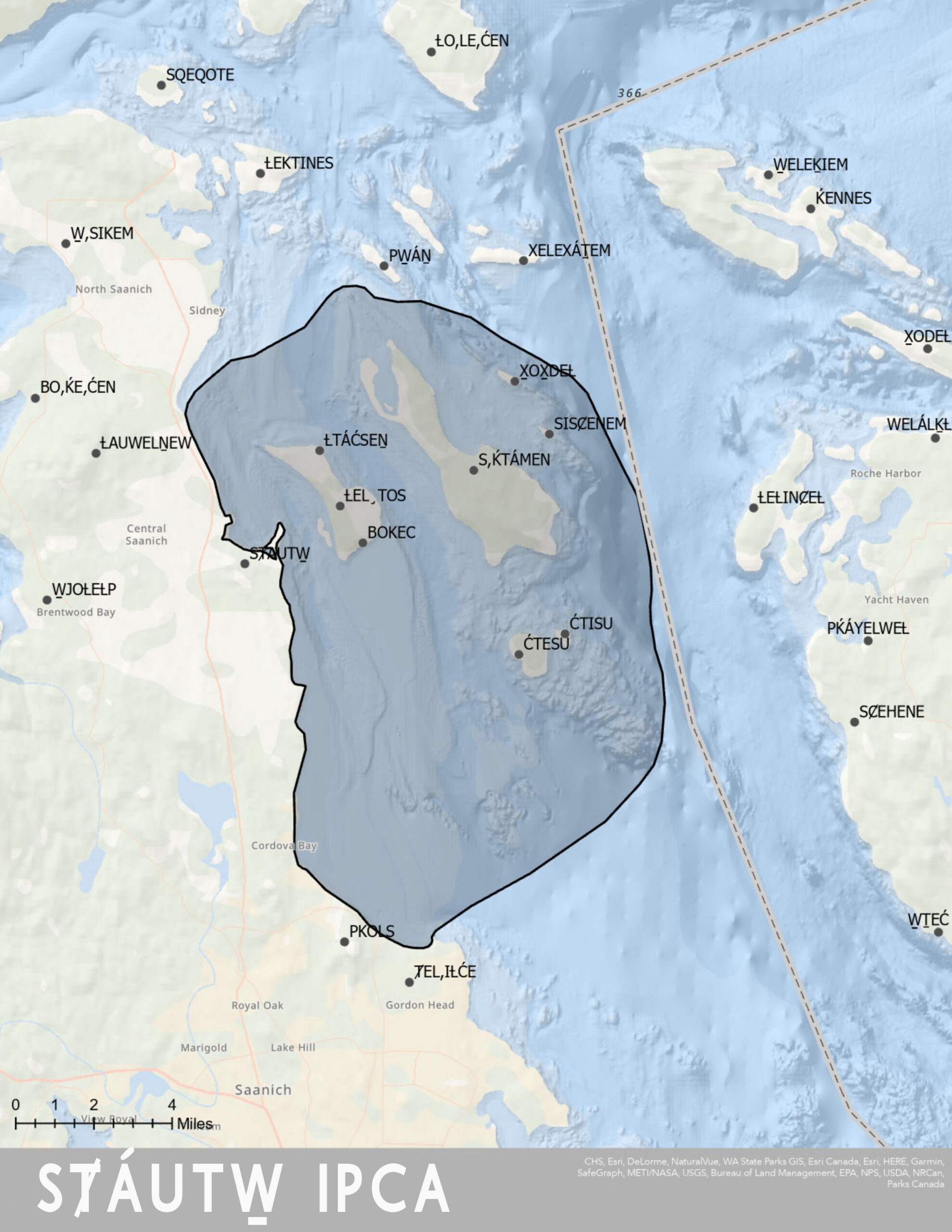
Current Projects
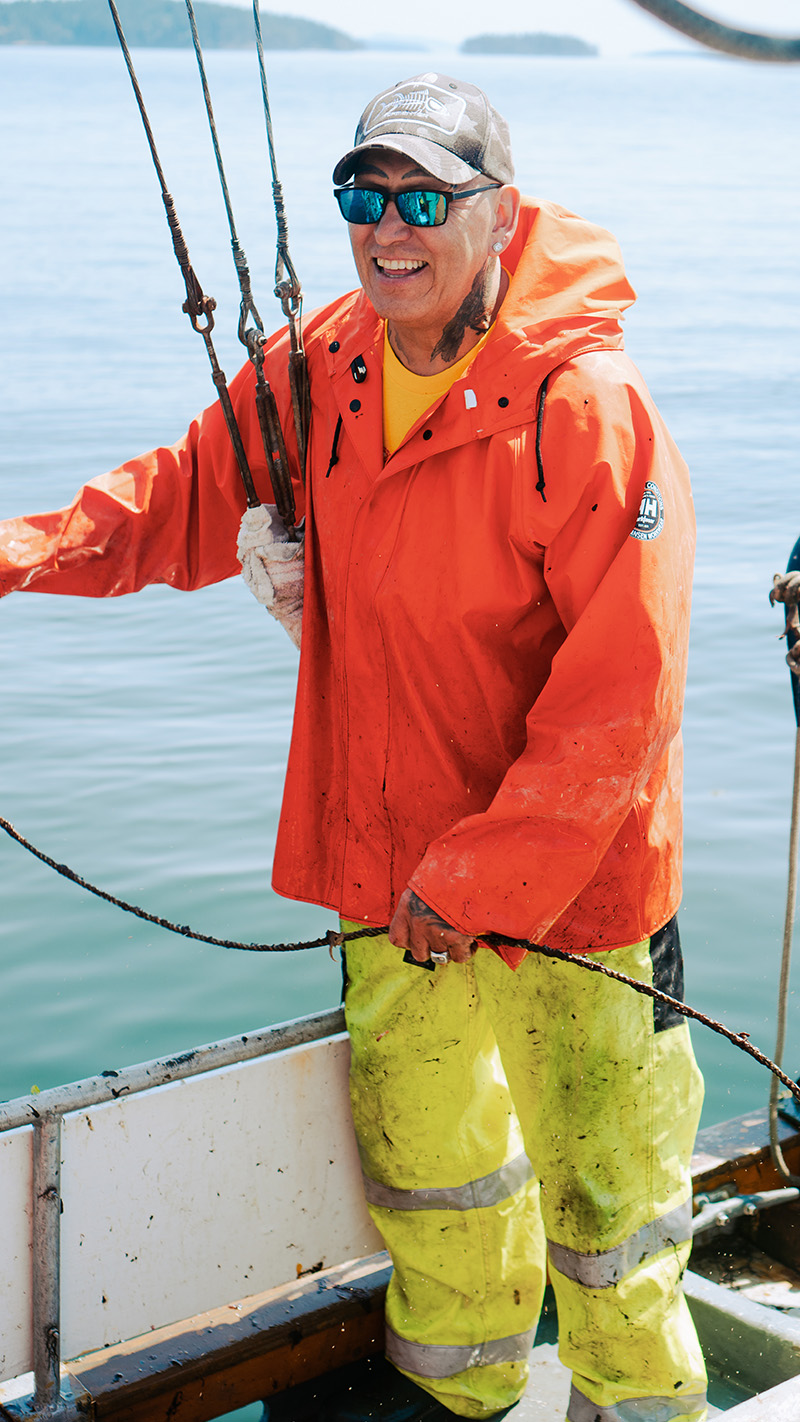
This Declaration confirms our commitment to reclaiming SENĆOŦEN place names and revitalizing the SENĆOŦEN language.
This Declaration confirms our intent to ensure long-term planning and management of the MPA for continued cultural, social, educational, and economic benefit, and to reinforce our stewardship responsibilities. Our stewardship in the MPA will reflect key requirements of:
- restoring and maintaining our connection to the MPA and the natural, cultural, and spiritual resources in the MPA;
- protecting and managing the MPA’s cultural and archaeological resources;
- ensuring that economic development is carried out in a sustainable manner;
- applying our language, stories, songs and dances, and place names to the MPA;
- protecting, conserving, and restoring the MPA’s significant marine habitats and culturally important marine species; and
- generating long term funding for governance capacity.
With this Declaration, we invite Indigenous governments, communities, and organizations, and in particular our W̱ S.NEĆ and Coast Salish relations, to work in partnership with us to protect and restore the Salish Sea, promote community self-sufficiency and sustainable economic development, and exercise our Aboriginal and Treaty rights.
With this Declaration, we invite those who propose activities or economic development in the QEN,T MPA to work with us, in respect of our laws and our vision for the QEN,T MPA, to ensure an abundant and resilient future for all who rely on these waters.
With this Declaration, we call on Canada and British Columbia:
- to recognize the QEN,T MPA as an opportunity for Canada and British Columbia to meet their biodiversity and conservation commitments, and to work with SŦ.UTW First Nation towards co-governance of the MPA, including joint decision-making in planning, ongoing management, research, monitoring, enforcement, and restoration.
- to work with SŦ.UTW First Nation to establish interim measures respecting the issuance of any tenures, licences, and other authorizations within the MPA, and to work with SŦ.UTW First Nation to review and affirm existing tenures, licences, and other authorizations impacting the MPA; and
- to align Crown laws, policies, and decision-making processes within the MPA with our laws and our management objectives, in accordance with the with Crown’s legal and constitutional obligations to recognize our inherent rights, and Canada and British Columbia’s commitments to advance reconciliation and implement the United Nations Declaration on the Rights of Indigenous Peoples.
This Declaration is made without prejudice to the Nation’s existing and future Douglas Treaty, Aboriginal rights and title interests and claims, and potential reconciliation agreements, and to existing management, planning or revenue sharing agreements and partnerships with Canada and British Columbia, non-government organizations, and other First Nations. The Nation intends to continue to honor these commitments.
– Signed on June 21, 2023


